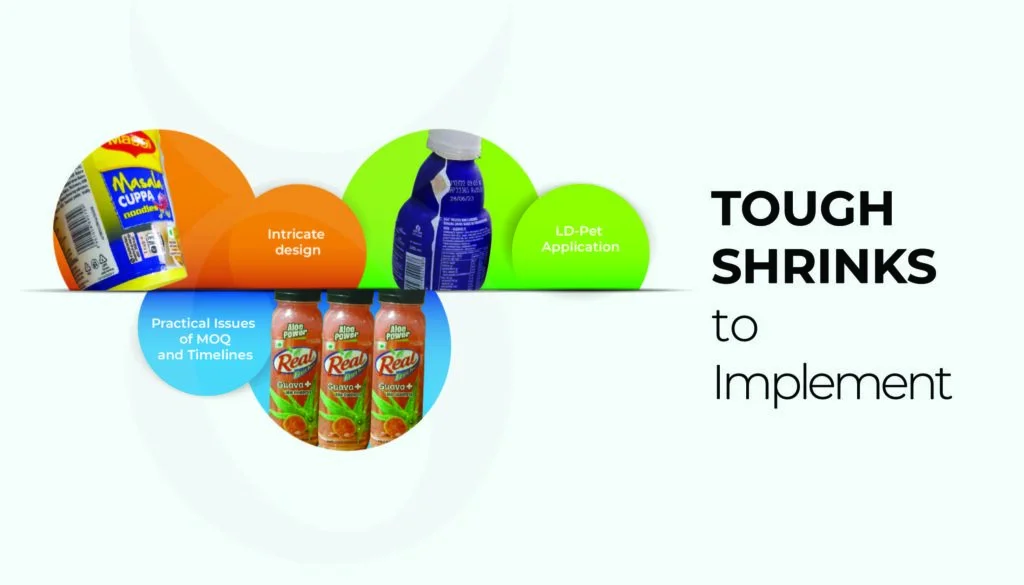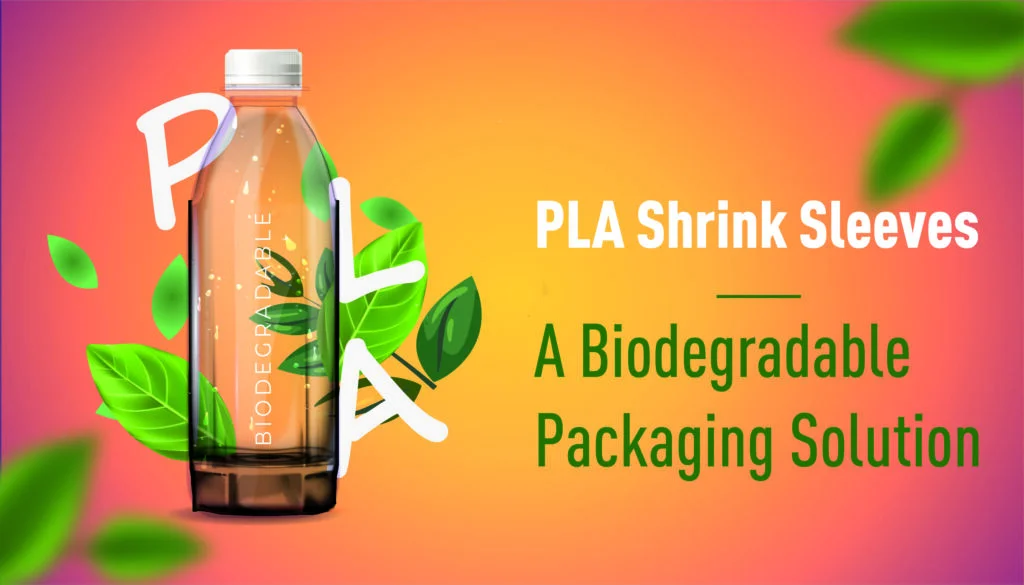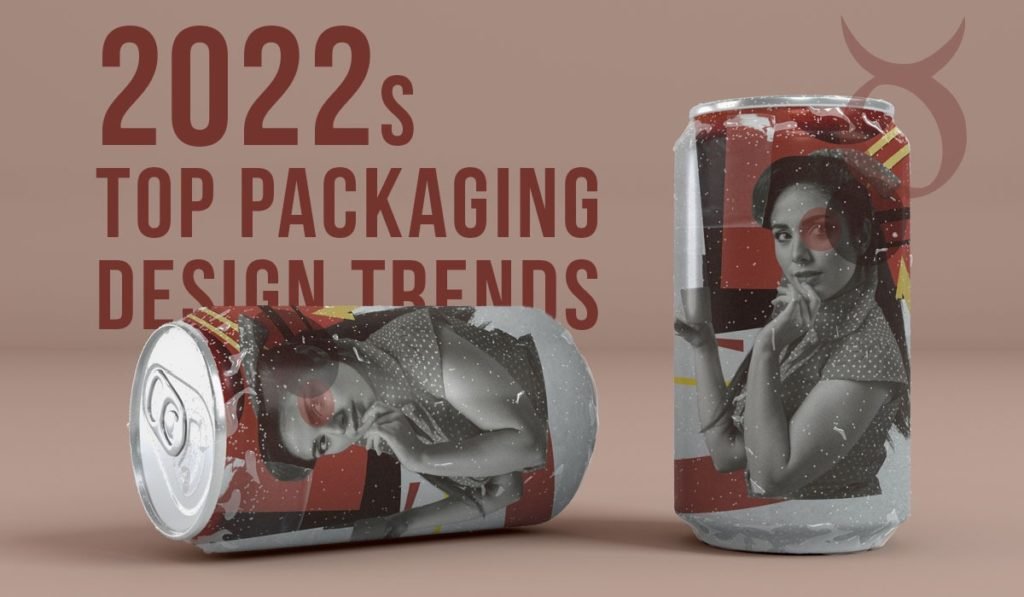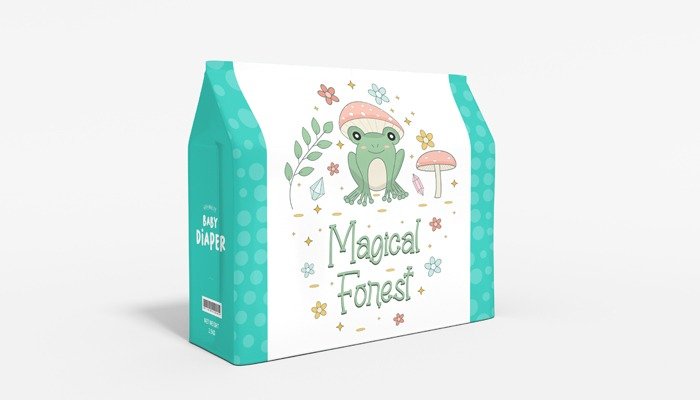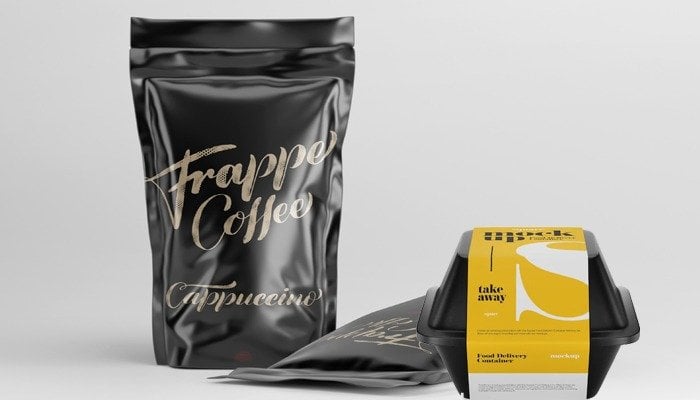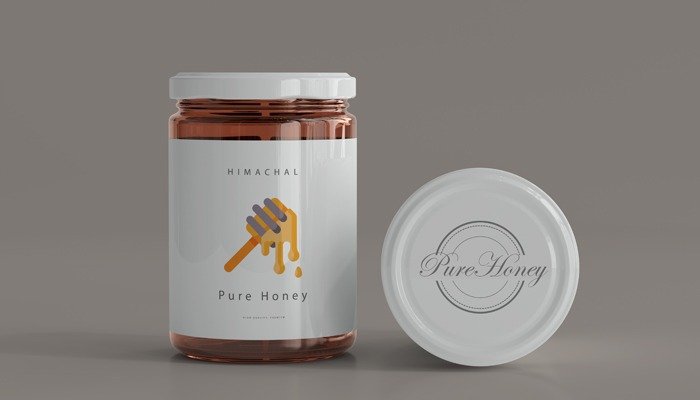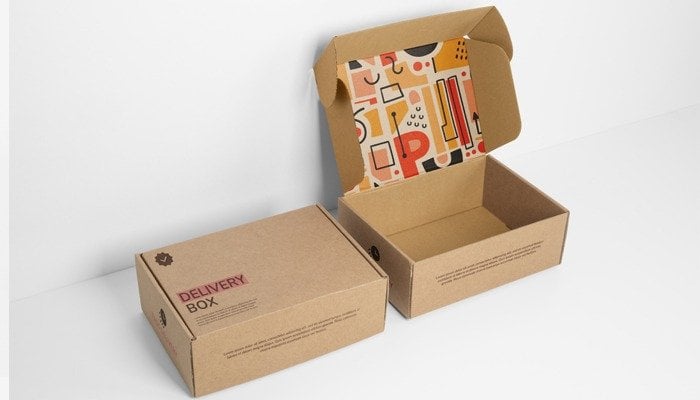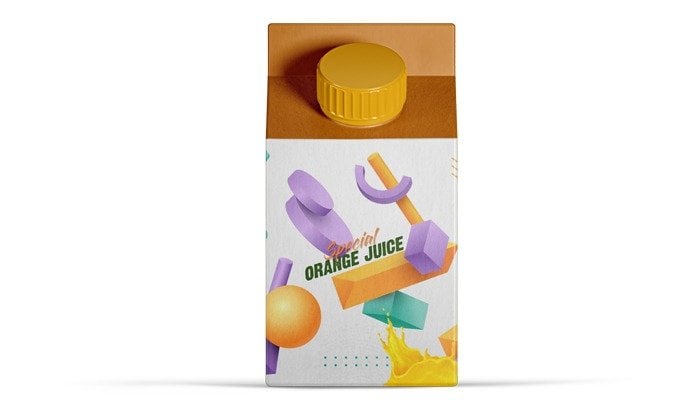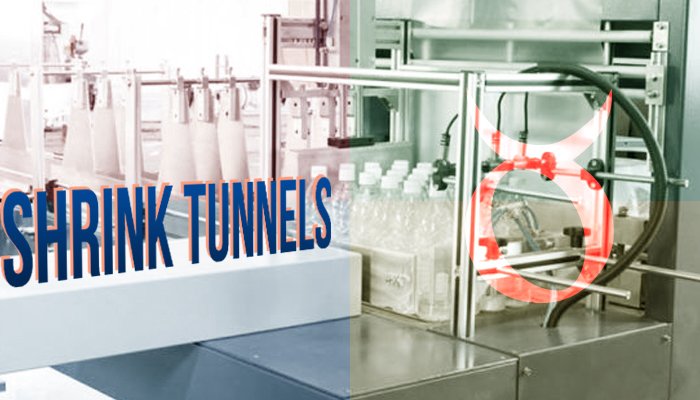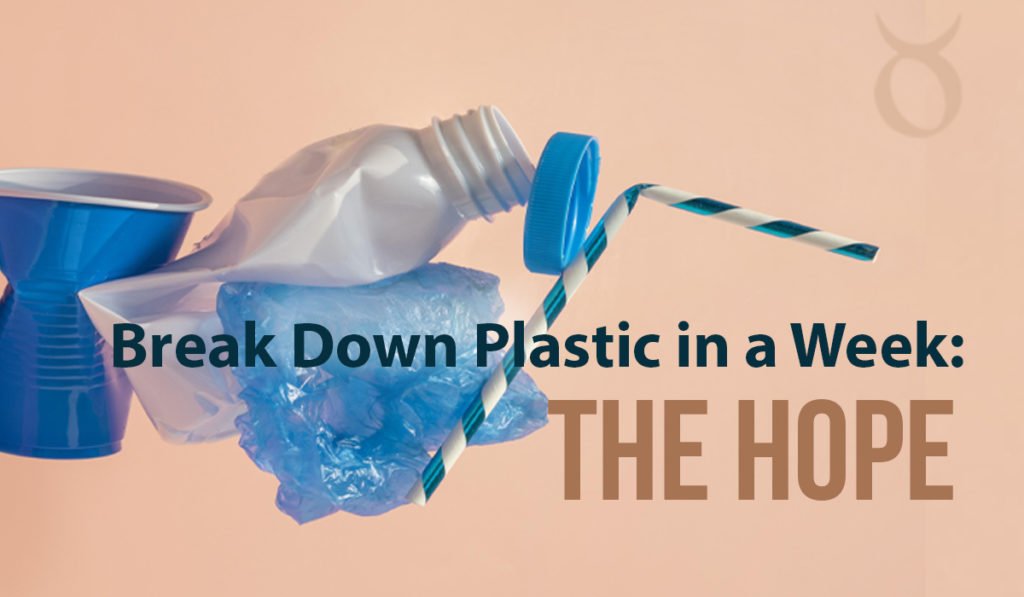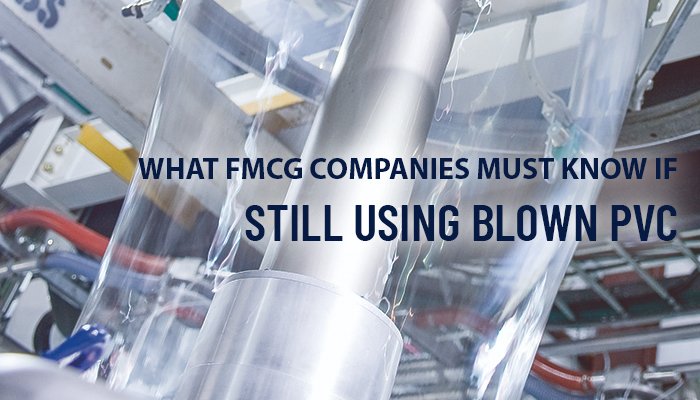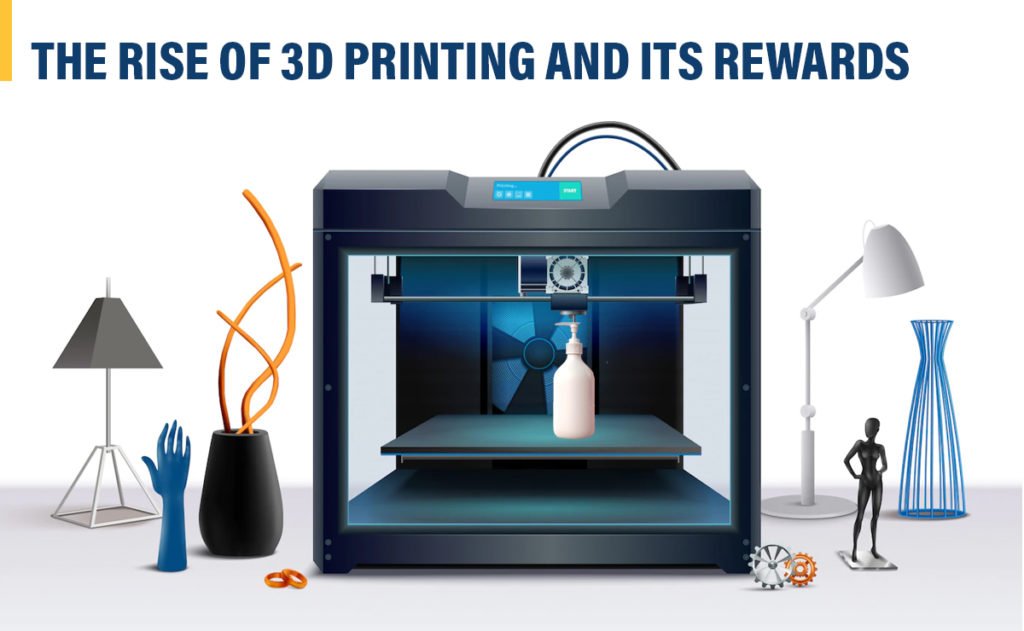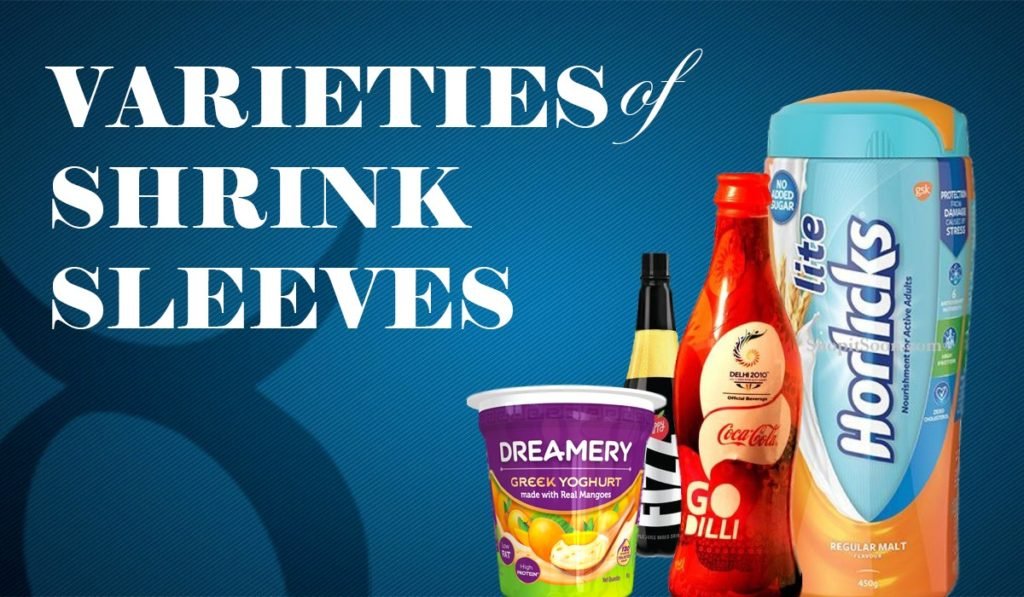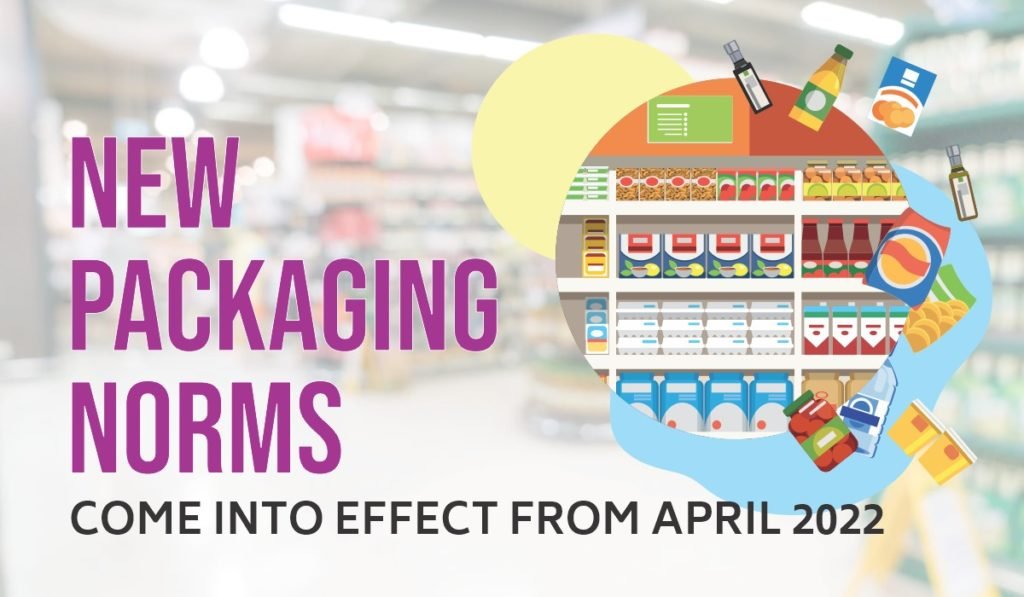Tough shrinks to Implement.
There have been various challenges in my life that have transformed me, but few of them have left me more practical and wiser in terms of technical knowledge and implementation.
Hello everyone! Your packaging friend is back with another write-up of professional knowledge. I am Chetan Jain, Global Shrink Sleeve Advisor, Author of Books – “5 Myths about Sustainable Shrink Sleeve” and “Sleeve It Right” and Director of Taurus Packaging.
Today, I’ll share three challenging situations that put my knowledge and skills as a packaging professional to the test.
1. Intricate Design
Tricky Product’s container design is a classic example of tough packaging execution. Typically, brands are very particular about their identity, and container shape plays a significant role in this. No two good brands have similar container shapes. One such case is Bournvita. This container has a wide top and bottom with a curve in the middle. In addition, the bottom section is divided into 5 rings that resemble steps. In such a complex container shape, the text distortion was obvious. There was a circular logo like design that had created a huge problem. We did predistortion with design. We also used Next PETG for the shrink sleeves with lacquer coating, which was a perfect match for the container design. We finally got the best fit in shrink sleeves without any errors.
2. LD-PET Application
This was the case when LD-PET shrink sleeves was a rare film in India. Everyone was using PVC or PETG. It was one of the first cases where we were working on the LD-PET project. Thanks to Bacardi, whose work has given us exposure. They have given us clear instructions that the sleeve must look like the bottle part and not like an overlapping cover. The design was tricky as well. The bottle of Bacardi+ Premix Rum has a narrow mouth and a long neck. We choose LD-PET for shrink sleeves, which has a great finish and shrinkage. On our end, we did a lot of trials. It was hard to get the proper finish. Distortion was easily seen in the text. After various improvised efforts, we were able to get the perfect sleeves that Bacardi loved and approved.
3. Practical Issues of MOQ and Timelines
When Heritage Novandie commenced this project with us, they mentioned to us that the MOQ requirement was very low as they were launching a new product, yet quality must be the best. Also, they were running short of time. They wanted to do this job as quickly as possible. We implemented our star service, the HIP Framework. We were able to provide them with a customised result of less quantity shrink sleeves of the highest quality in the shortest amount of time using HIP Framework. We completed and handed over the work in just 4 days (from the approval of the artwork). The brand was happy to receive the shrink sleeves just in time to finish their product launch with better-than-expected quality.
I wish I could include more examples in this write-up, though I know it will become quite a long read to put them all. So, this is it. In my future posts, I’ll share more examples from my work with you. It will be helpful if you give me candid feedback about my blogs. You could also help me by suggesting the kinds of topics you want to know about. So, for now, I will end my blog here.
Thanks for your time.

